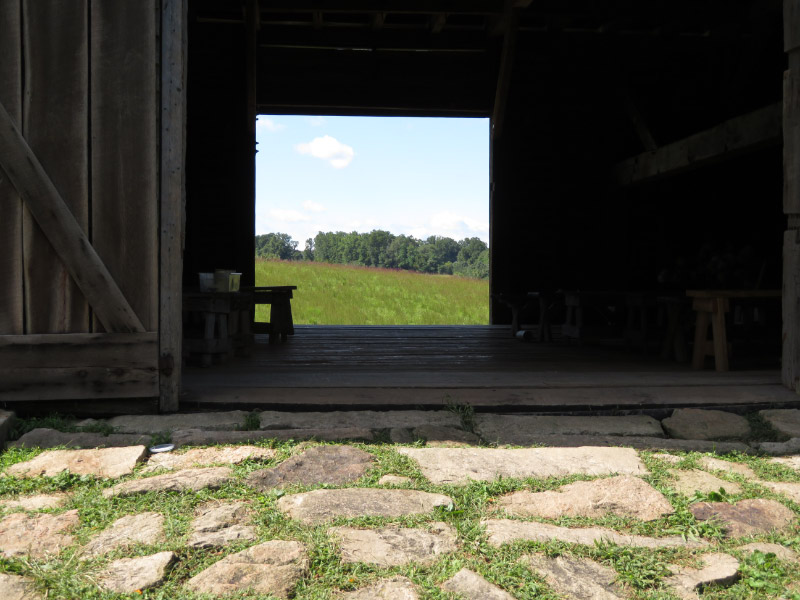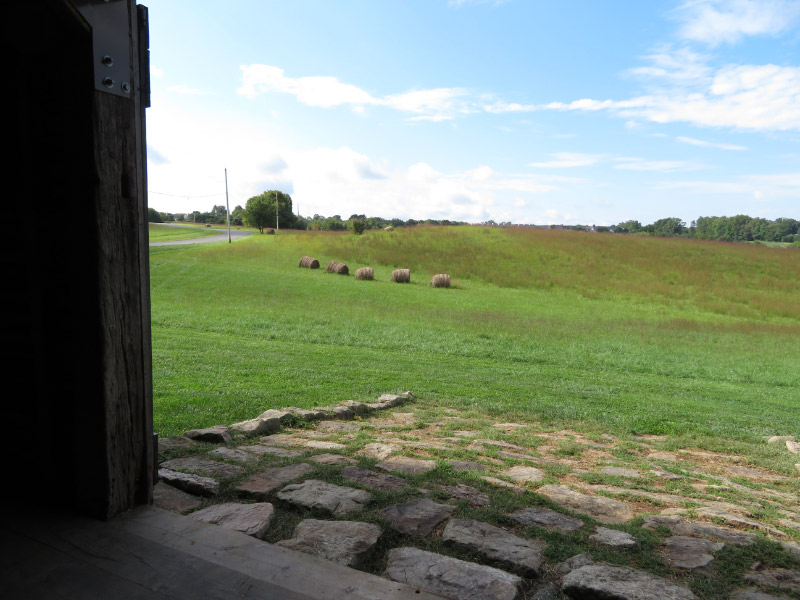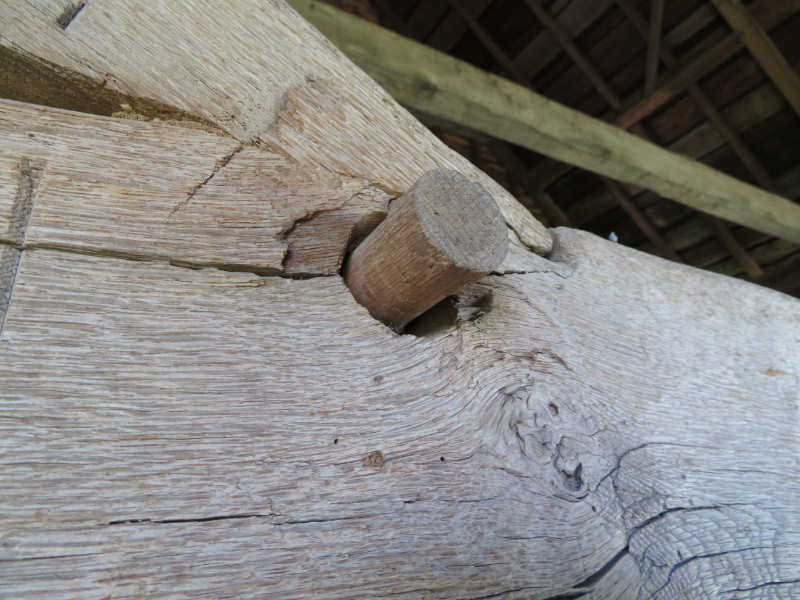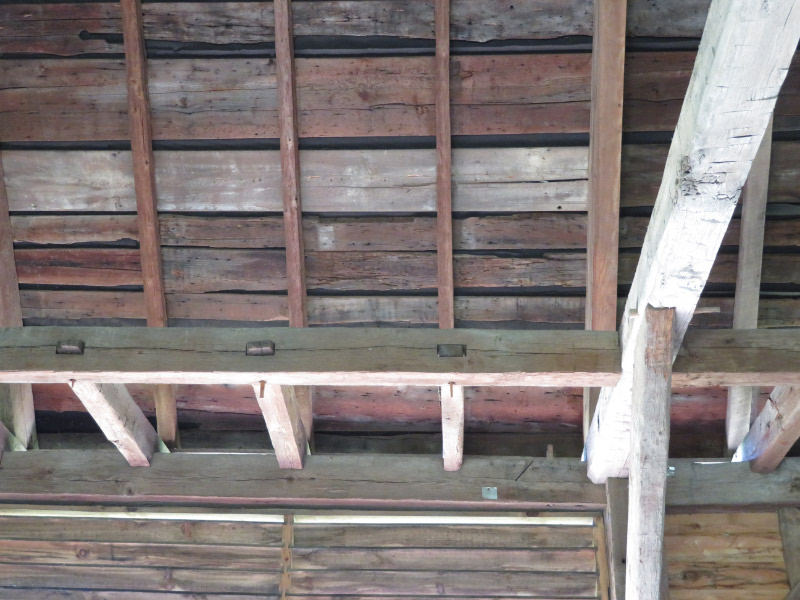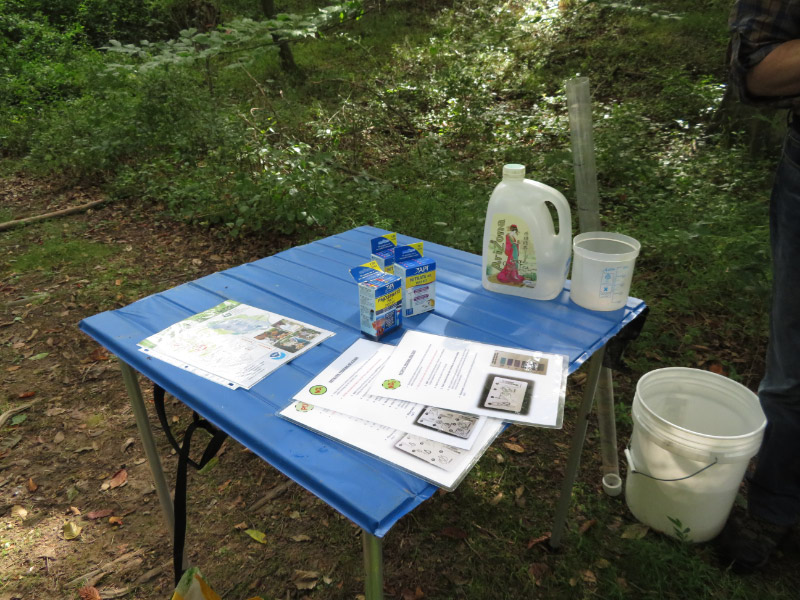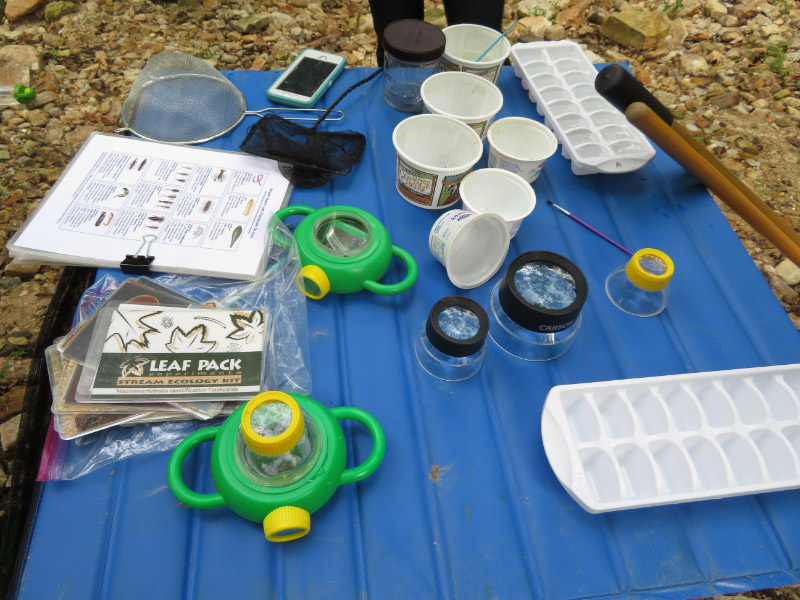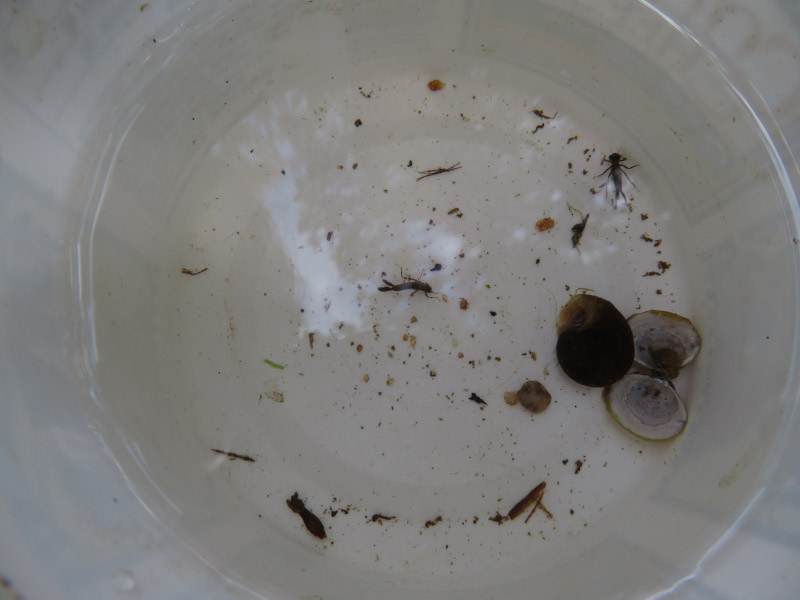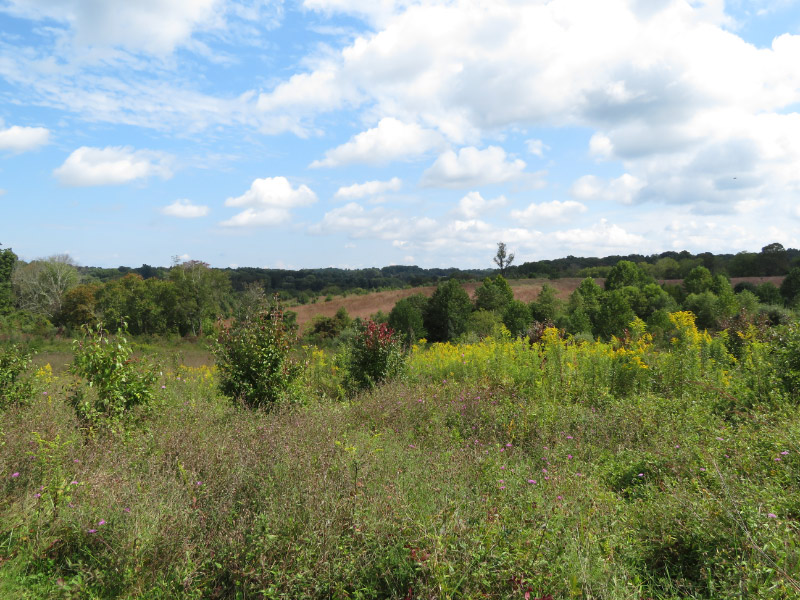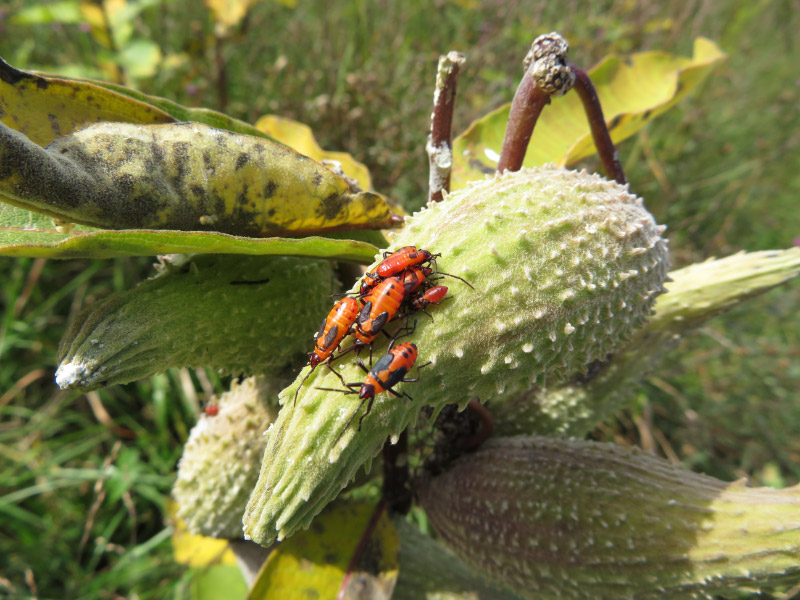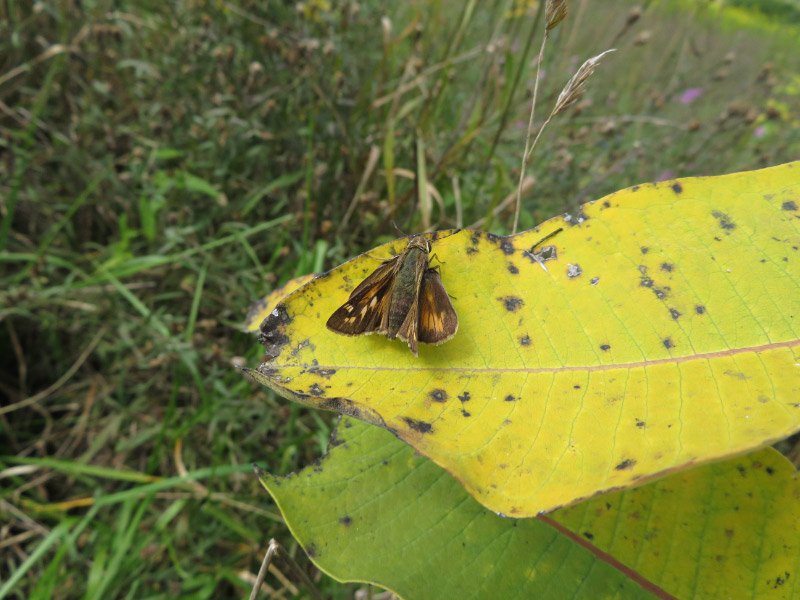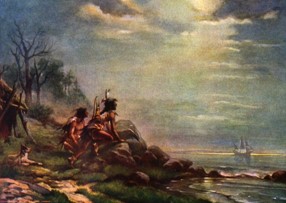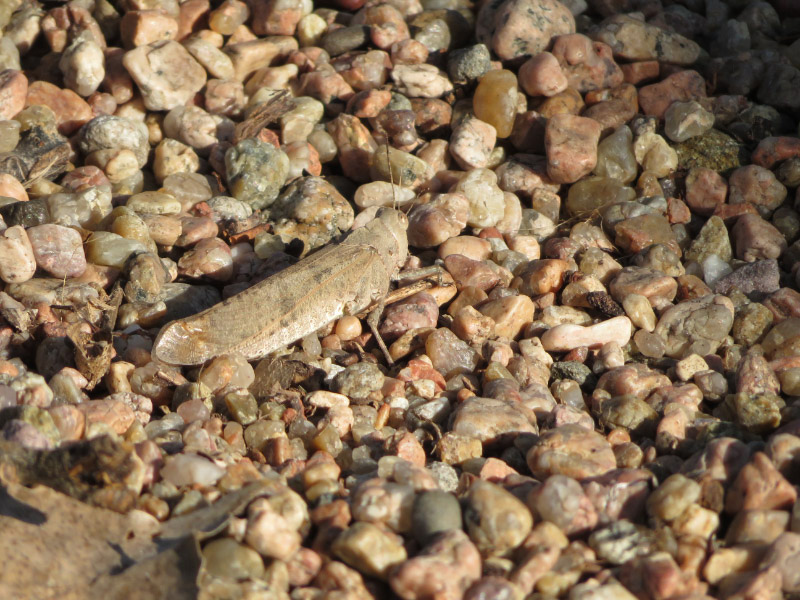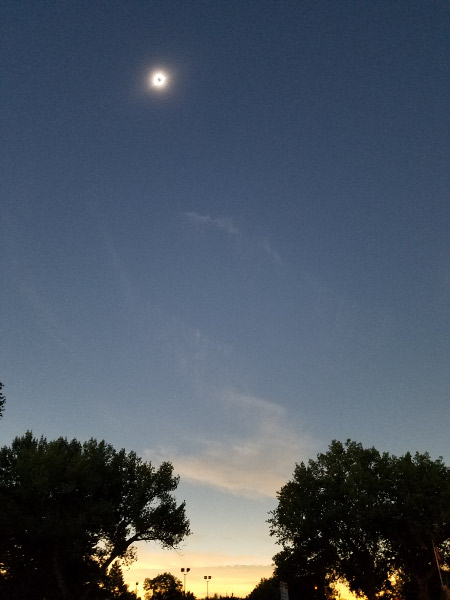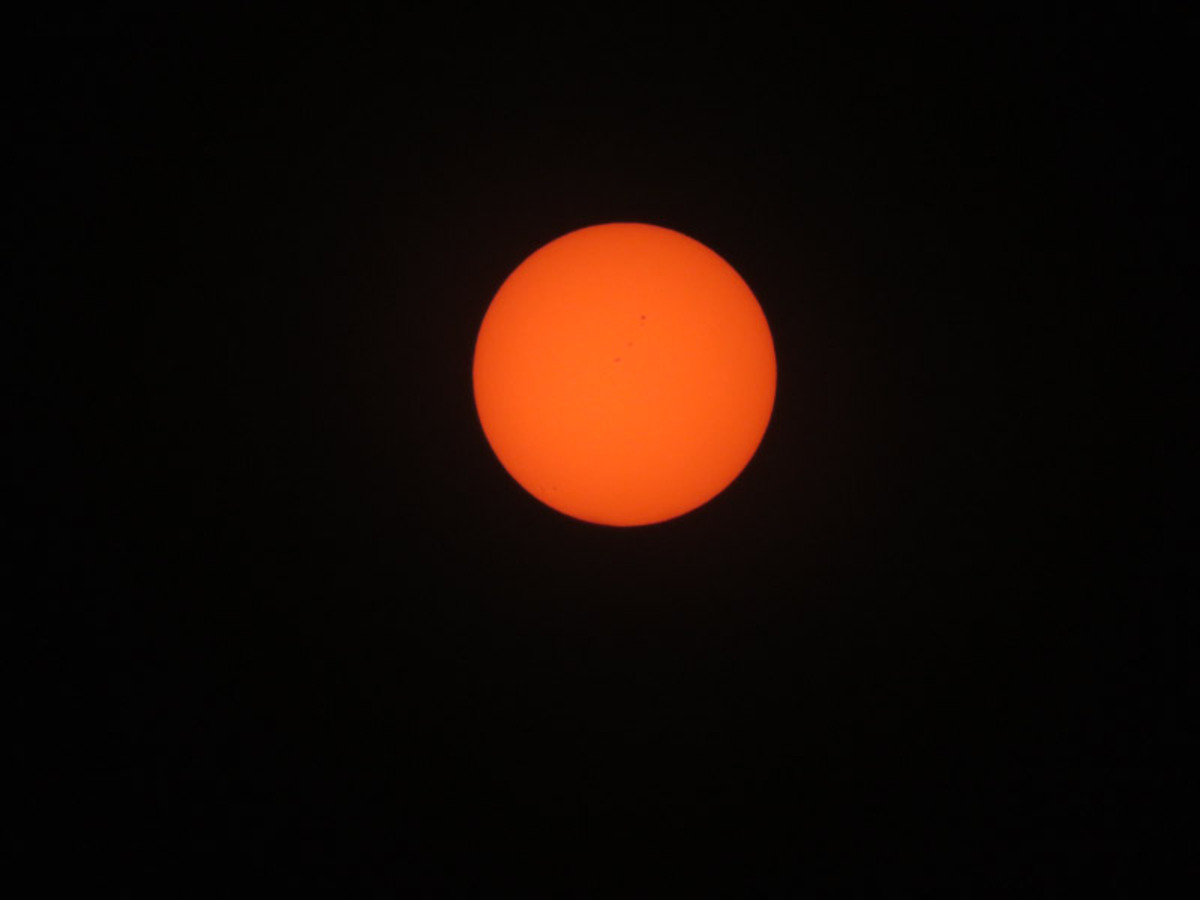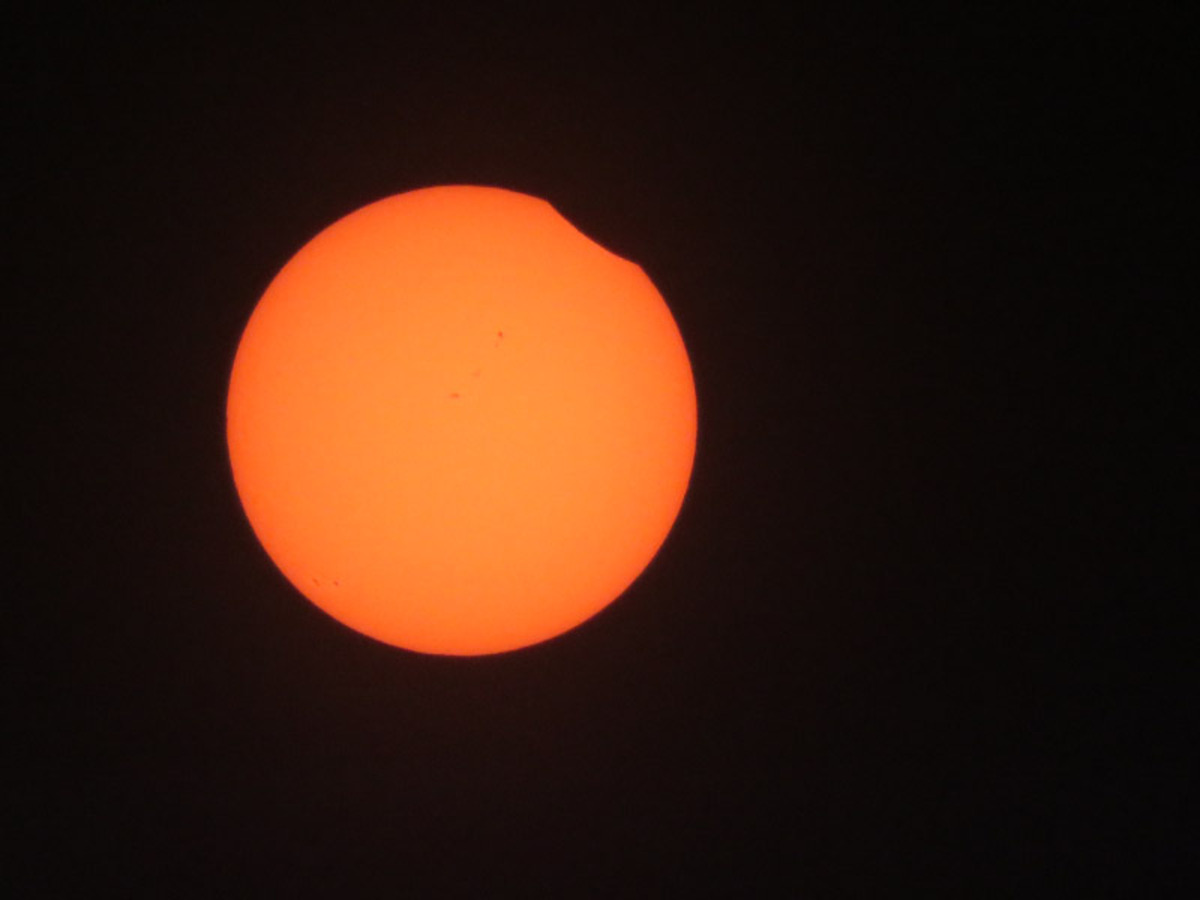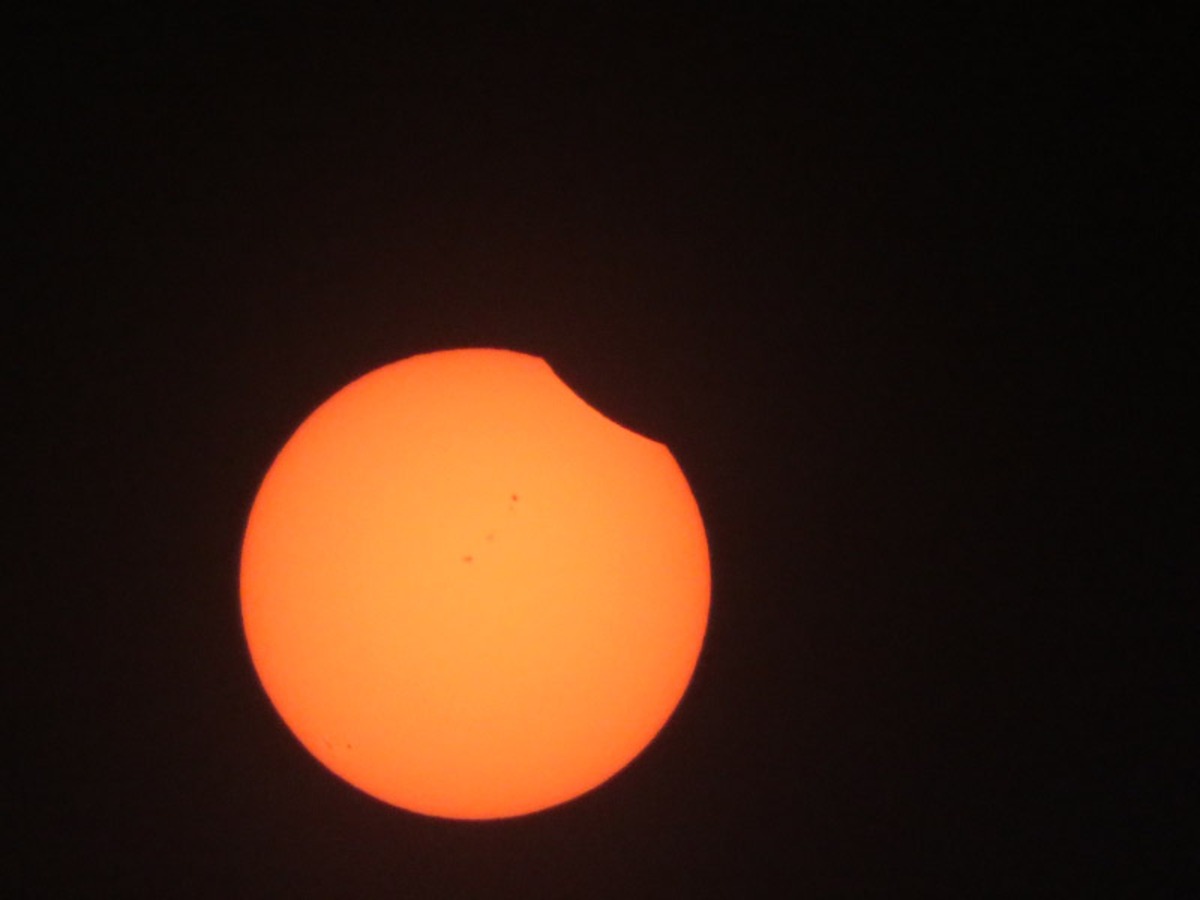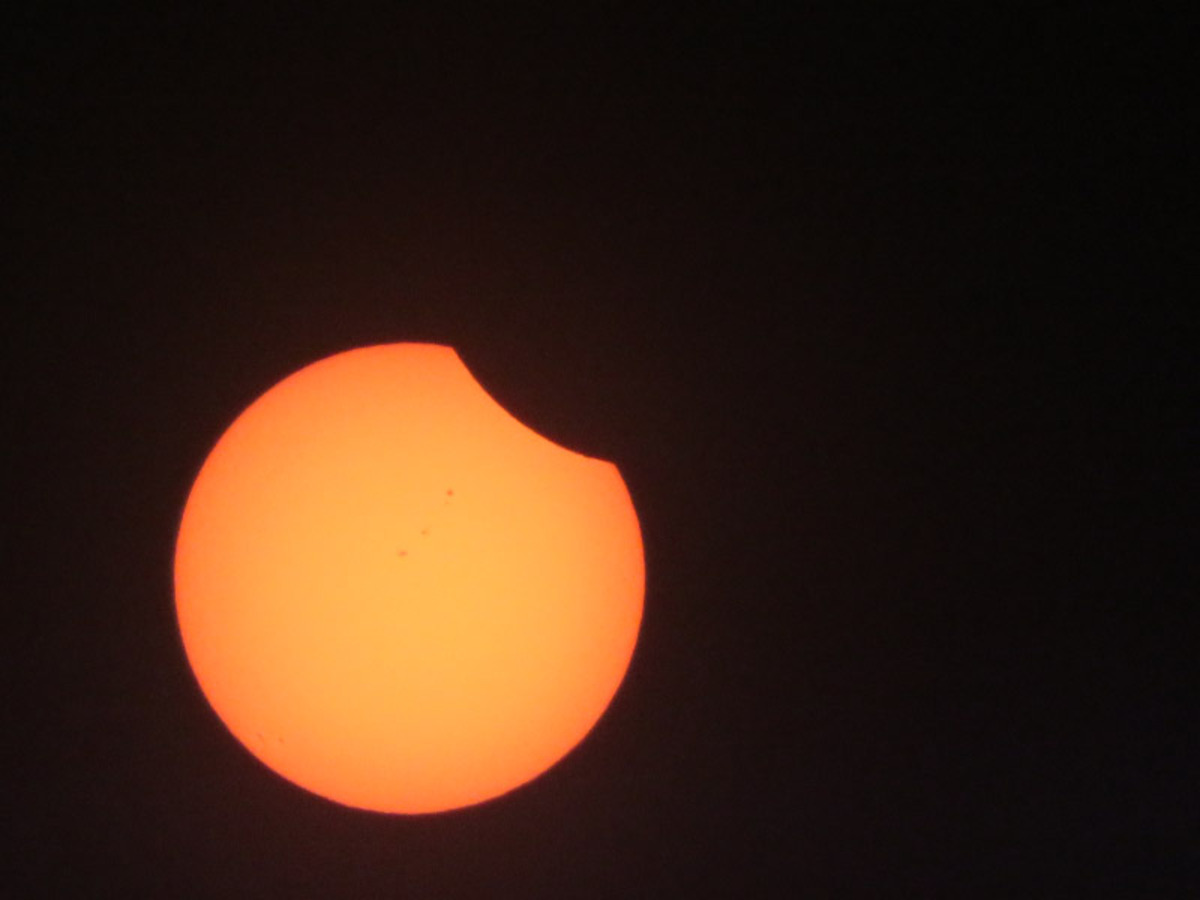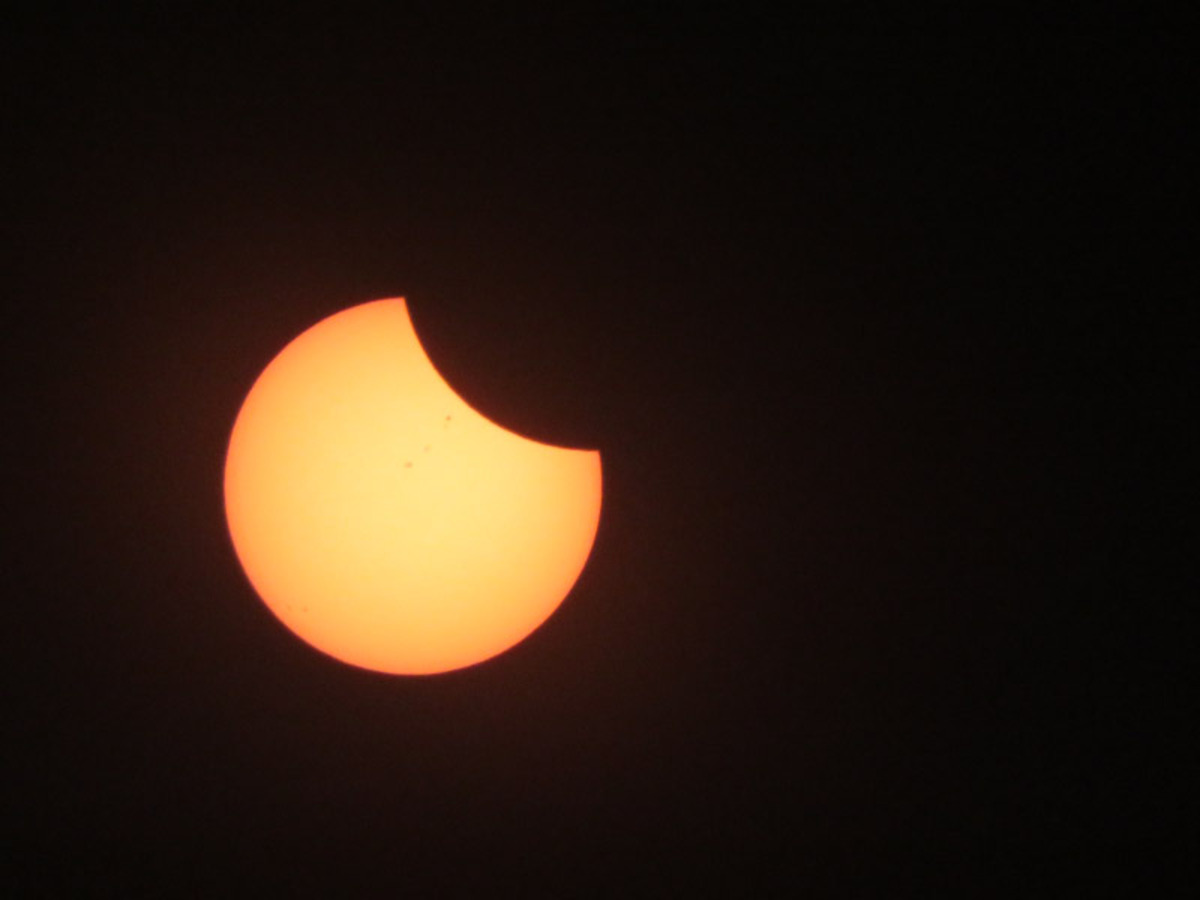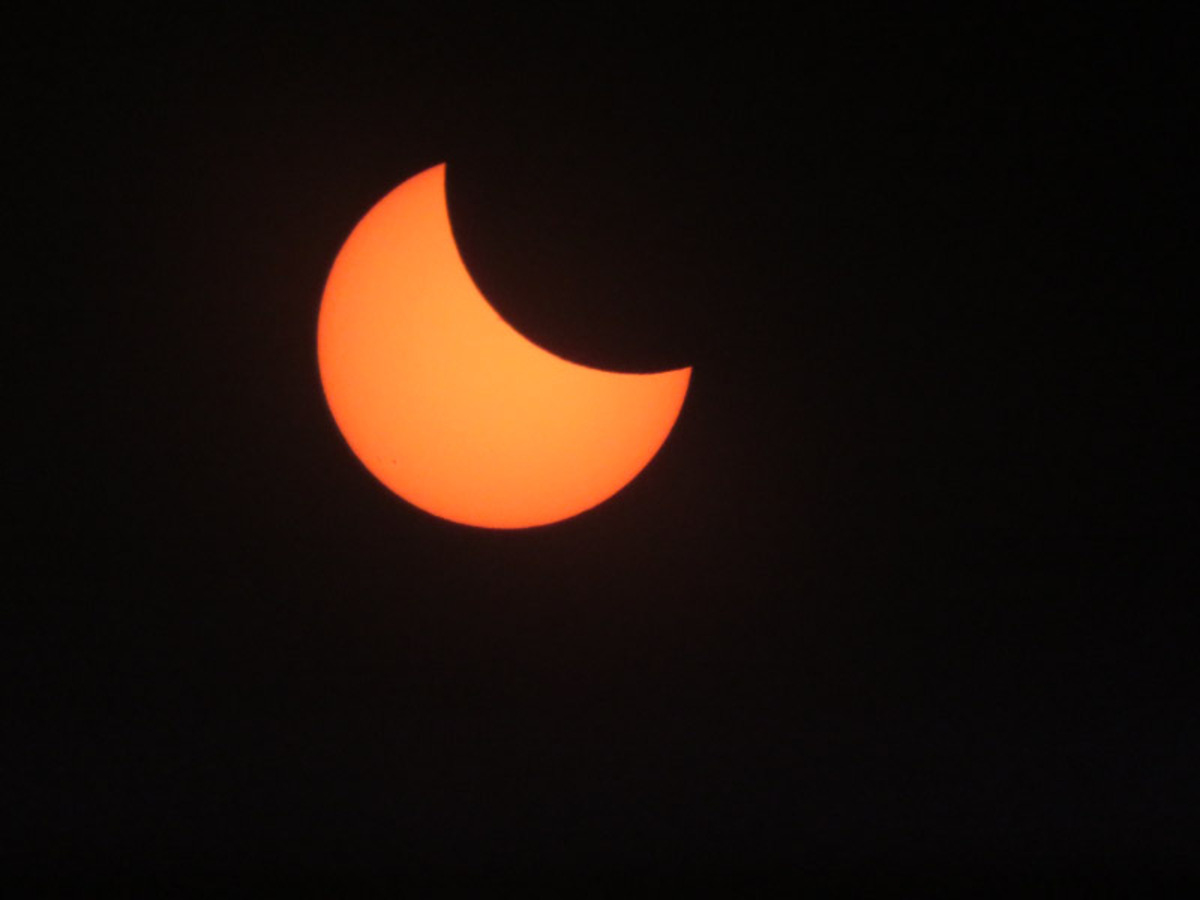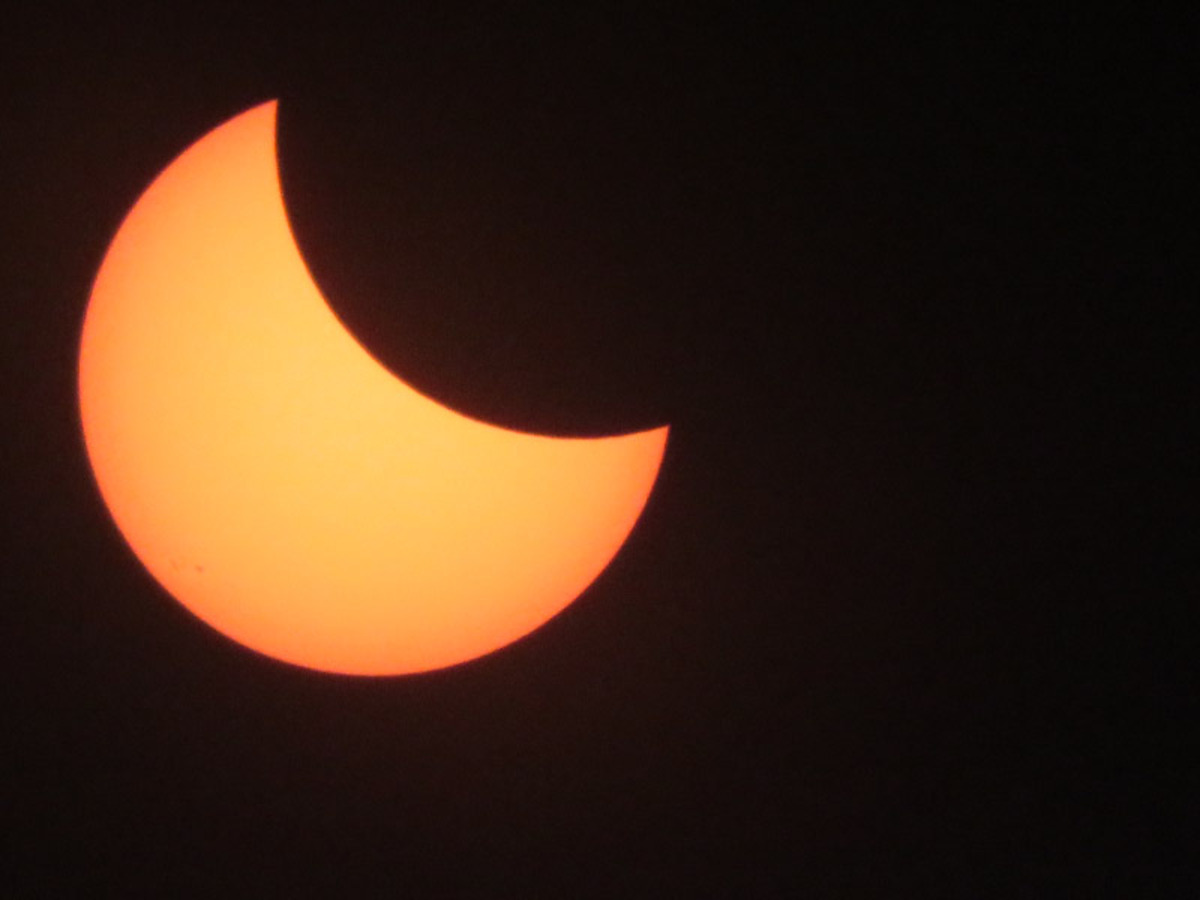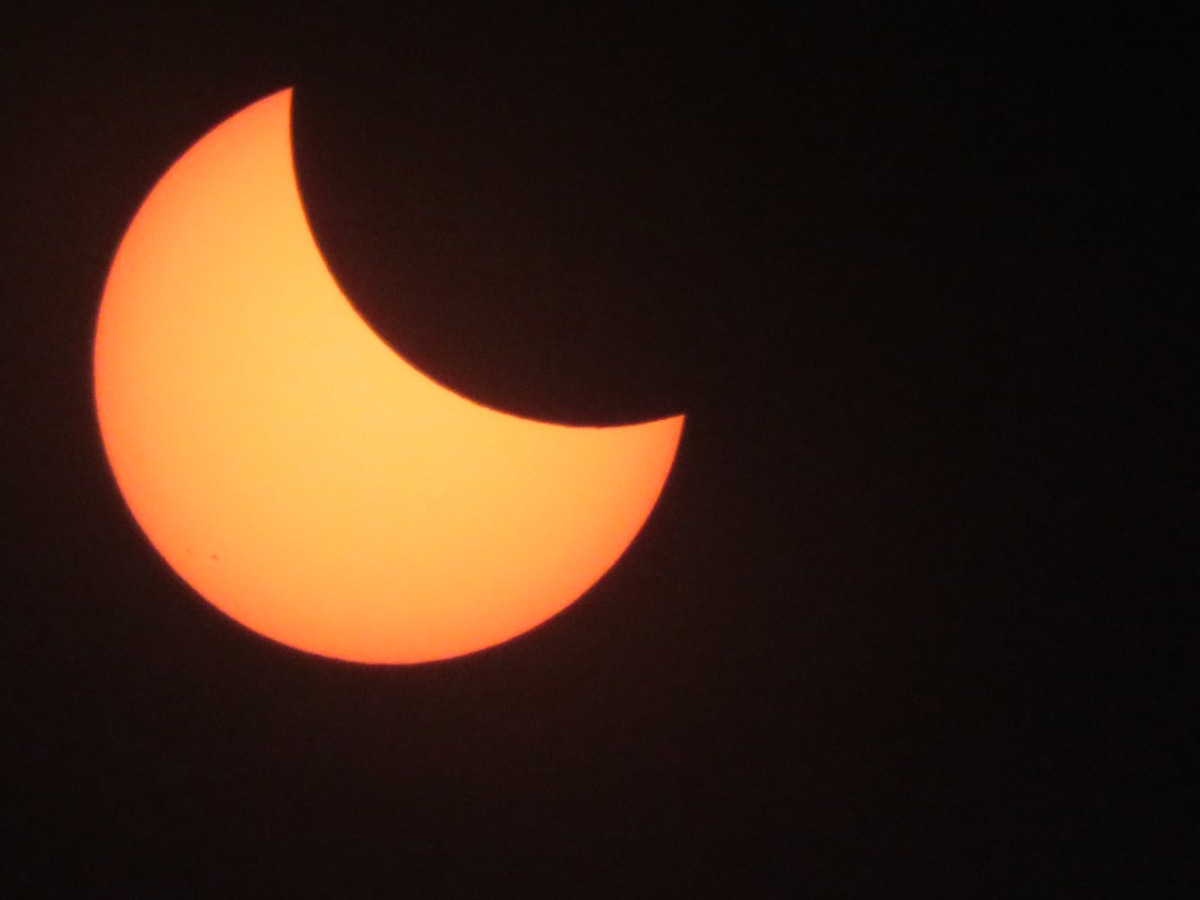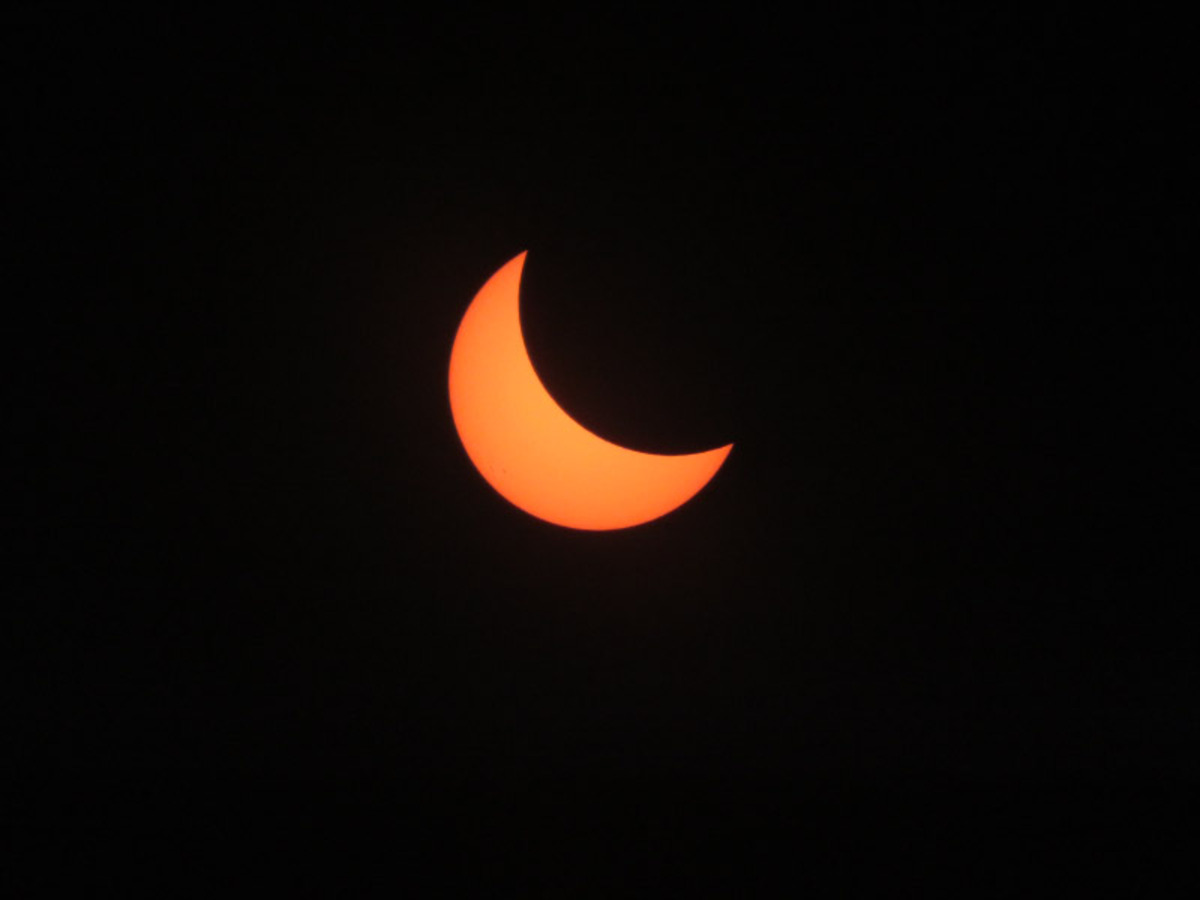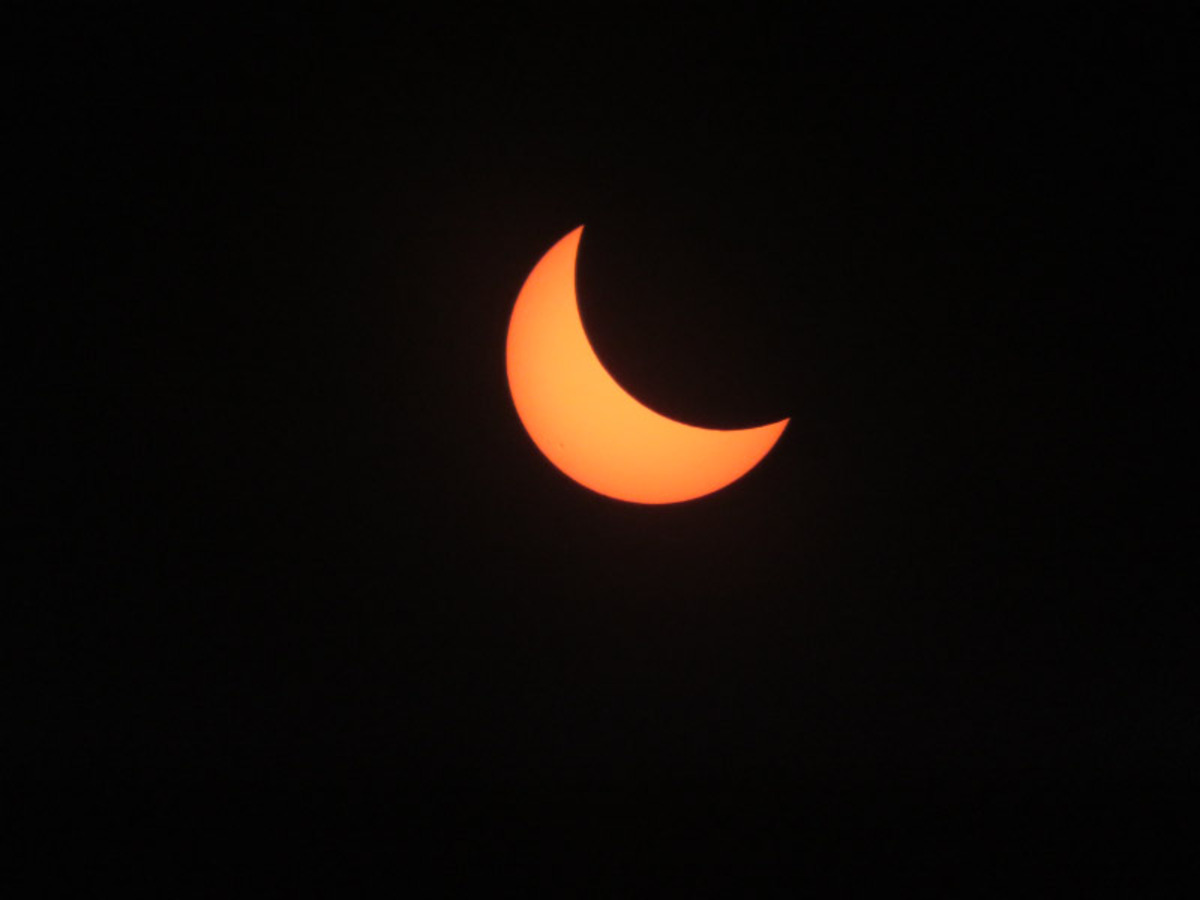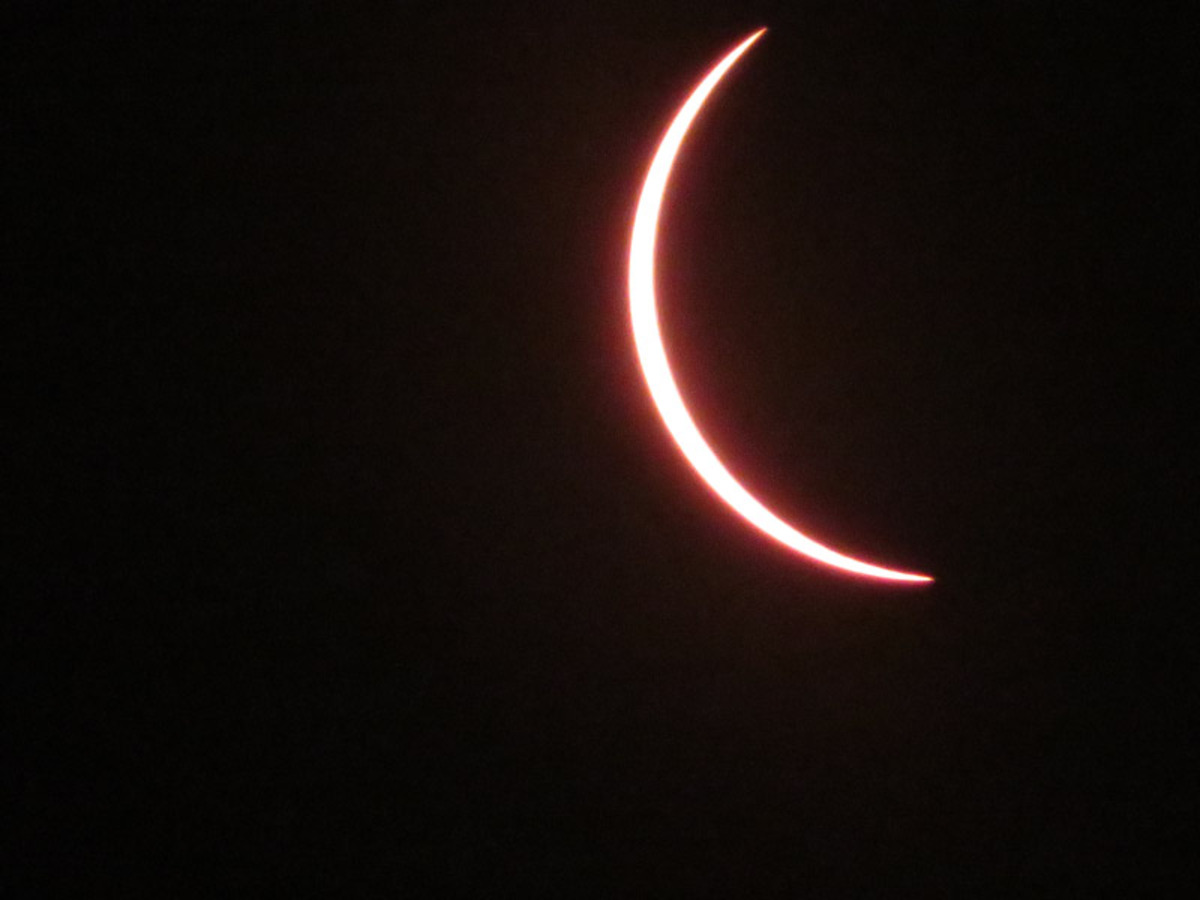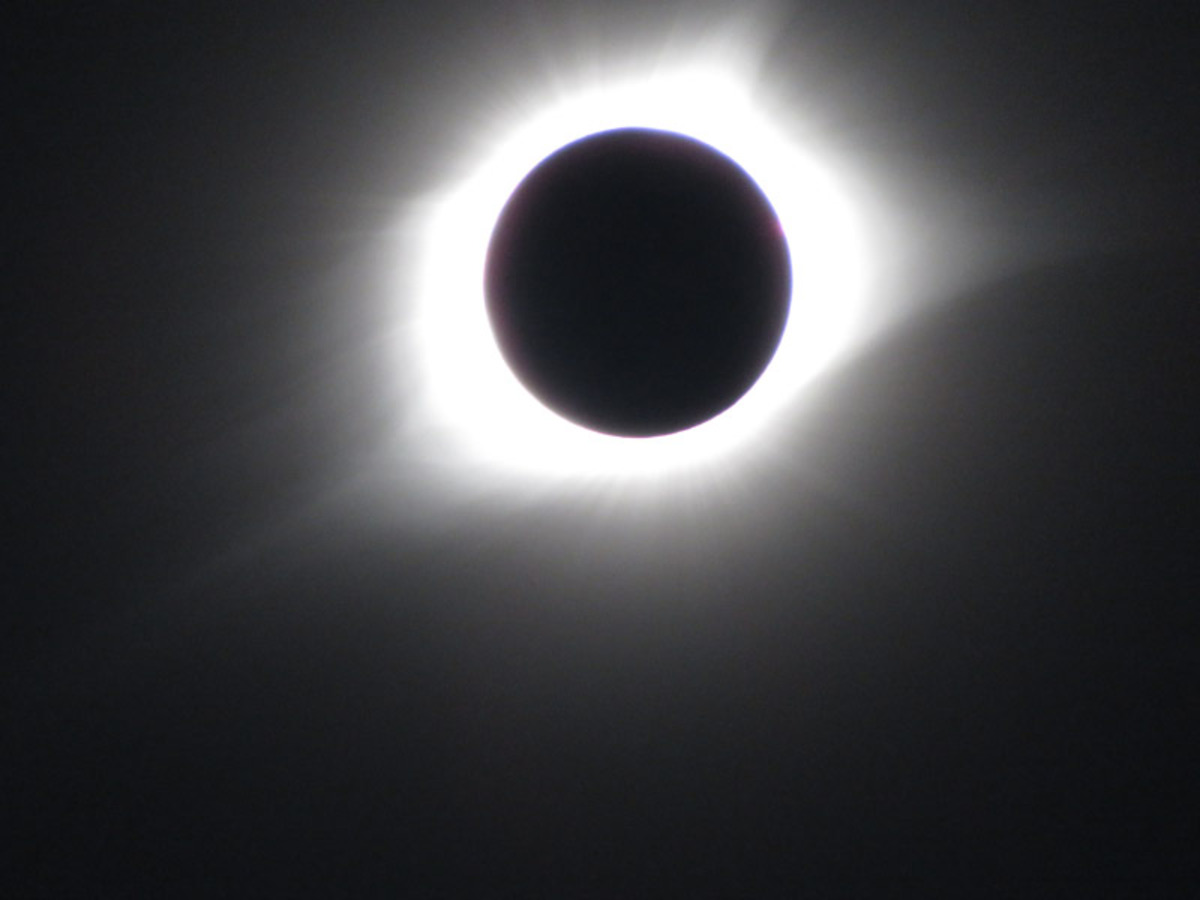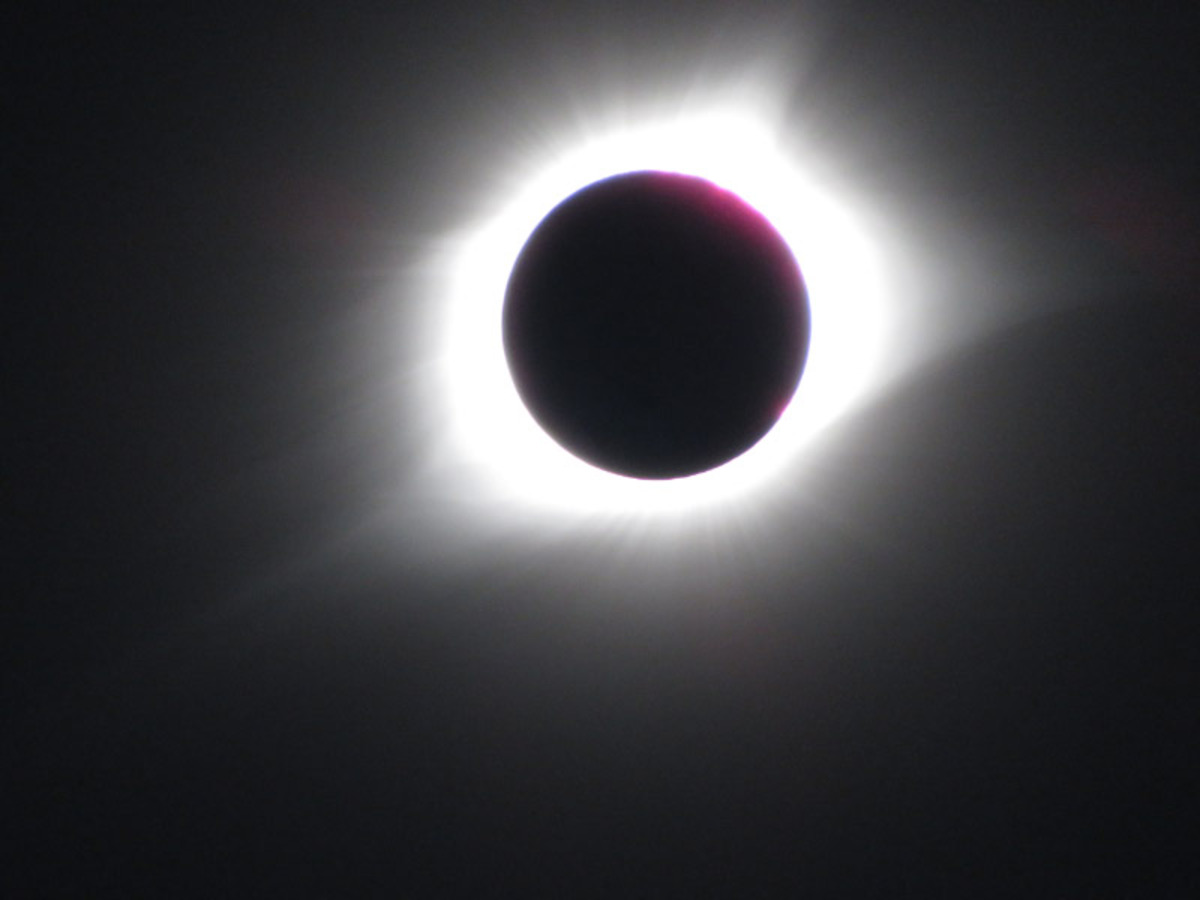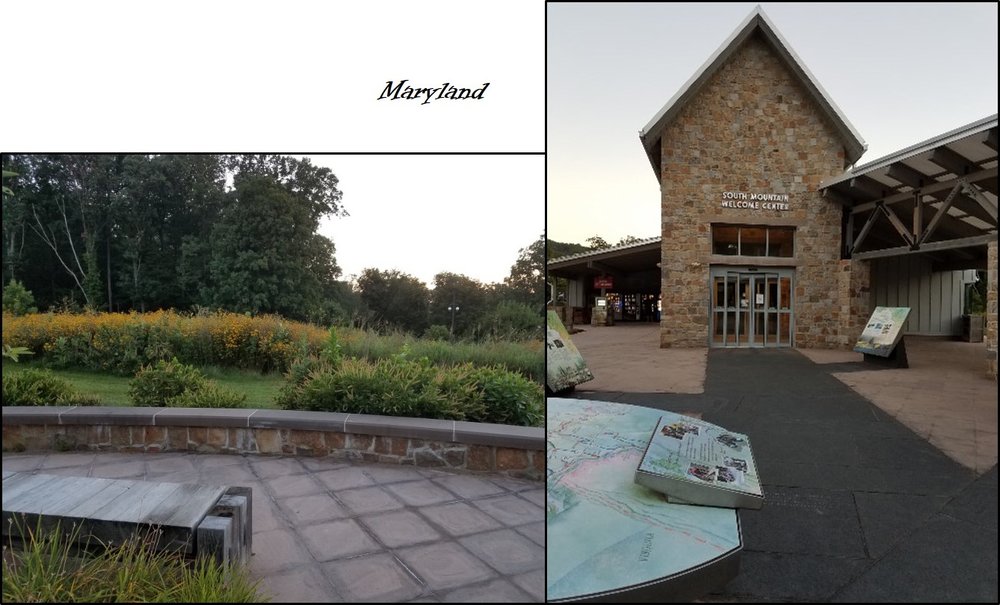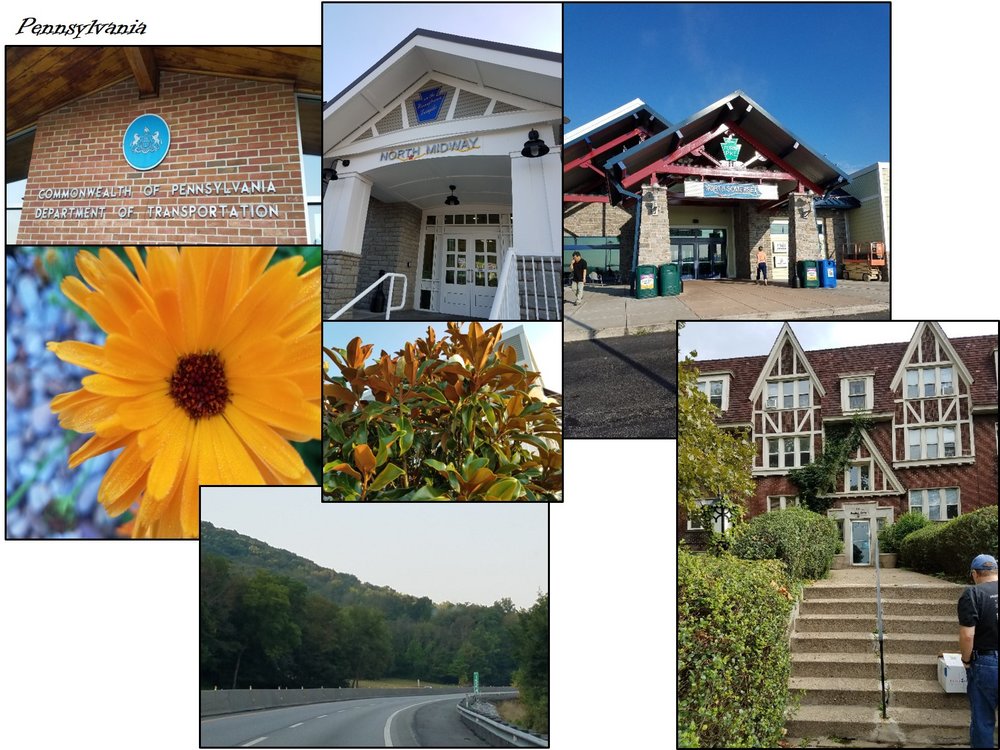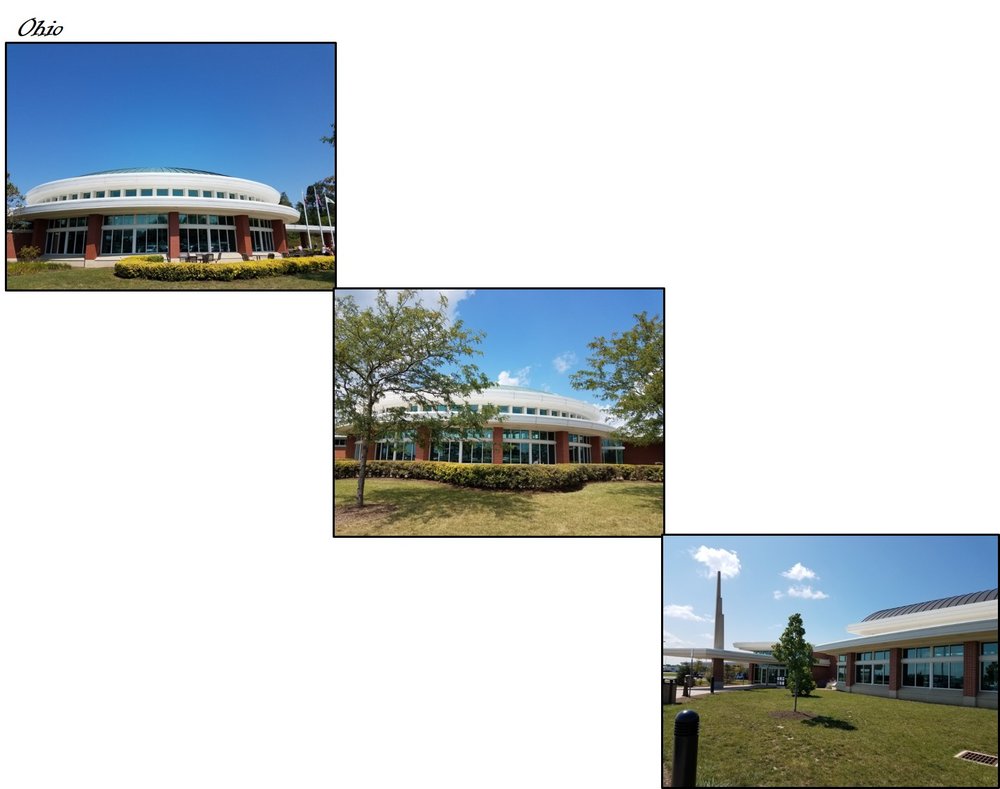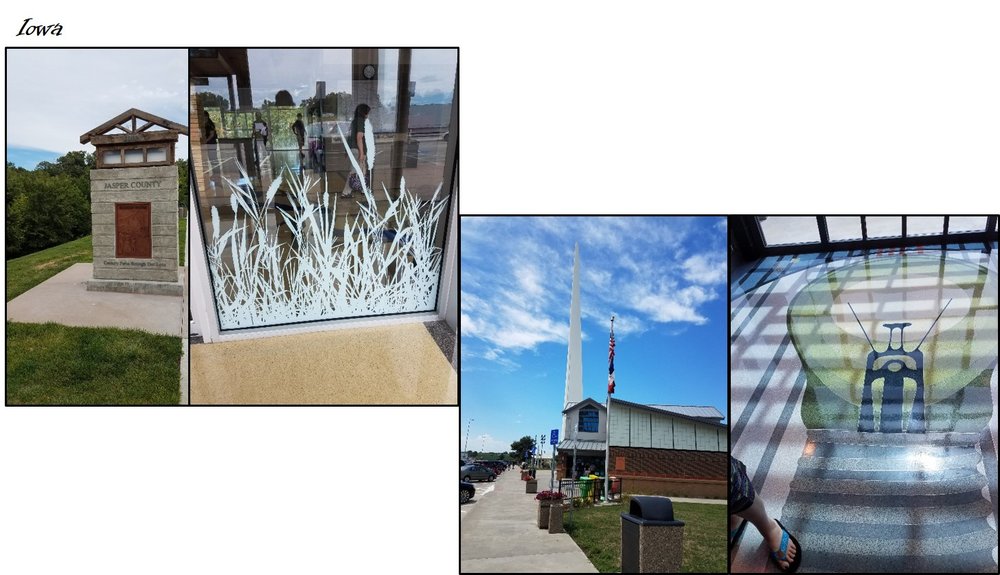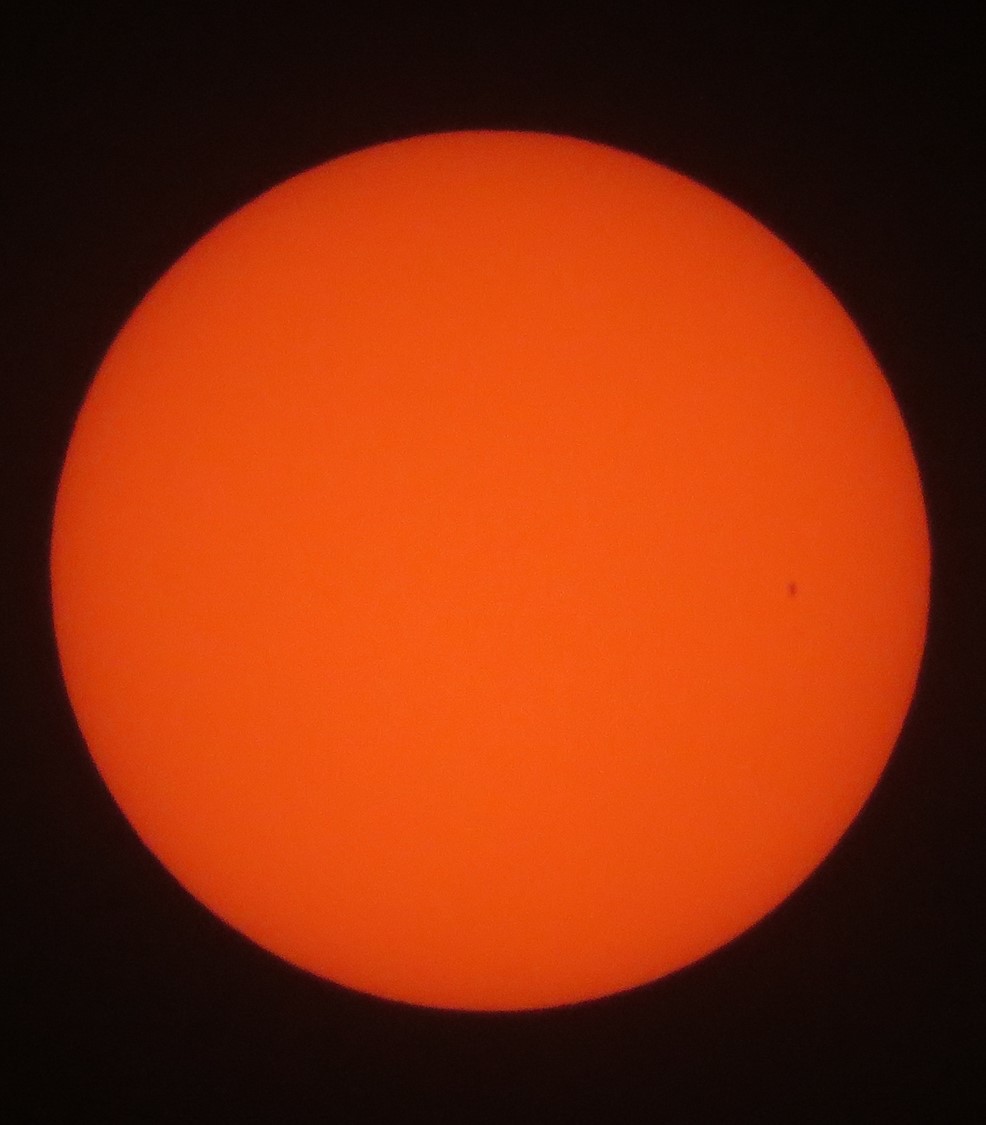The items below were ‘the cream’ of the articles and websites I found this past week. Click on the light green text to look at the article.
Two places to look at bird images: Stunning Winners of the 2017 Bird Photographer of the Year Contest and Top 25 Wild Bird Photographs of the Week #104 – I can’t resist. Birds are such interesting subjects for photography….and challenging enough to engage photographers the world over.
This is how Pittsburgh is taking climate action – Now that my son-in-law is in Pittsburgh for his post doc, I am learning more about the city. It’s moving way beyond its heavy industry history. The Phipps Conservatory was one of the places mentioned in the article as a place that generates all its own energy and treats/reuses all water captured on site! We visited the place last March (see blog post here).
‘Rubber material’ discovered that could lead to scratch-proof paint for car – Wonderful if it can be made available at reasonable cost.
Silicon Valley Courts Brand-Name Teachers, Raising Ethics Issues – School needs to prepare students with skills they will need as they get older….so it can’t stay be anchored in the past. The challenge is to not set a new high-tech anchor that is expensive and potentially a dead end or not very effective. The pace of change that adults and children have in their lives is ramped up; perhaps a life skill we all need it how to cope with that pace of change without being overwhelmed.
How self-driving cars will change the American road trip – I’ve been thinking about this recently and was disappointed in this article in that it hypothesized the cars stopping every 180-200 miles. If I was on a road trip and only stopped every 3 hours or so….I’d be very stiff by the end of the day. Does the author think that the interior of self-driving cars will be different enough that people can somehow move around a bit more rather than just sitting relatively still? What about children and older people that can’t ‘hold it’ for 3 hours? If the cars or autonomous enough – will we be more likely to be traveling through the night and the car just stopping when it needs to for charging with us sleeping through everything?
Exploring Europeana in Czech, Irish, Slovak and Slovenian – One part of my family is Czech so this post caught my attention. I don’t speak the language but I’m interested in the art my ancestors might have seen before they left in the late 1800s.
West Coast Monarch Butterflies Flutter Toward Extinction – The numbers of west coast monarchs have declined by 97% since 1981. Very sad. Monarchs are declining all over the US not just the east coast ones that migrate to Mexico.
We could lessen the toll of hurricanes – but we don’t – A timely article after Harvey and Irma – so much destruction…of places and people’s lives.
New Guide: Energy Efficiency at Home - ASLA has created a new guide to increasing energy efficiency through sustainable residential landscape architecture, which contains research, projects, and resources.


































